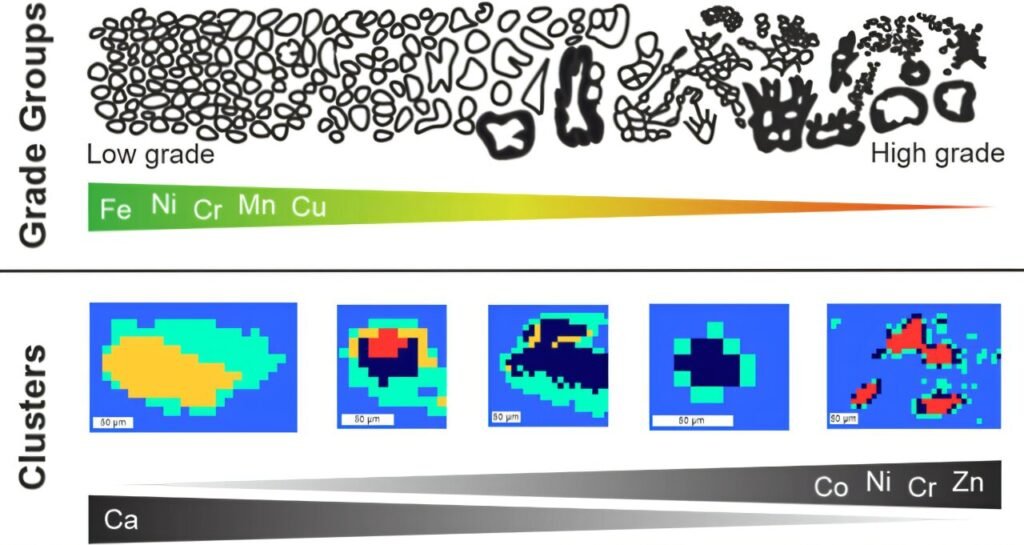Researchers at Keele University have recently conducted a groundbreaking study on the chemical makeup of calcifications caused by prostate cancer. This research aims to identify new markers that could significantly improve early diagnosis methods for this prevalent cancer.
Calcifications, which are the accumulation of calcium deposits in soft tissues where they are not typically found, can have harmful effects on the body. The team of researchers at Keele University has previously established a connection between calcifications and prostate cancer. In this latest study, they delved deeper into the elements present in these calcifications to potentially develop new markers for detecting prostate cancer at an earlier stage.
The ultimate goal of this research is to provide doctors with better tools to identify prostate cancer quickly and accurately. By analyzing the elements present in calcifications, healthcare professionals can tailor treatment plans based on the severity of the disease, leading to improved patient outcomes and potentially avoiding invasive procedures like surgery whenever possible.
Using the Diamond Light Source synchrotron in Oxford, the researchers were able to examine calcified prostate tissue at a microscopic level, identifying specific elements such as iron, copper, nickel, manganese, and chromium. These elements showed correlations with the tumor’s Grade Group classification, suggesting their potential as diagnostic markers in the future.
Dr. Sarah Gosling, one of the lead authors of the study, emphasized the importance of understanding the chemical composition of prostate tissue in cancer formation. According to Dr. Charlene Greenwood, another lead author and Senior Lecturer, the identification of specific elements in calcifications could serve as early warning signs for aggressive forms of prostate cancer.
The publication of these findings in the journal ACS Chemical & Biomedical Imaging marks a significant step towards improving prostate cancer detection methods. By leveraging the unique insights gained from analyzing calcifications, researchers hope to revolutionize how prostate cancer is diagnosed and treated, ultimately leading to better outcomes for patients.
For more information on this groundbreaking research, you can access the full study titled “Revealing Prostate Calcification Heterogeneity through Their Elemental Distribution” in Chemical & Biomedical Imaging. This study sheds light on the potential of using chemical variations in prostate cancer calcifications as new diagnostic markers.
This research was conducted by Keele University, a leading institution in innovative medical research. To learn more about Keele University and their contributions to scientific advancements, visit their official website.
In conclusion, the study on prostate cancer calcifications and their elemental composition represents a significant advancement in cancer research. By identifying new markers for early diagnosis, researchers are paving the way for more effective treatments and improved patient outcomes in the fight against prostate cancer.


